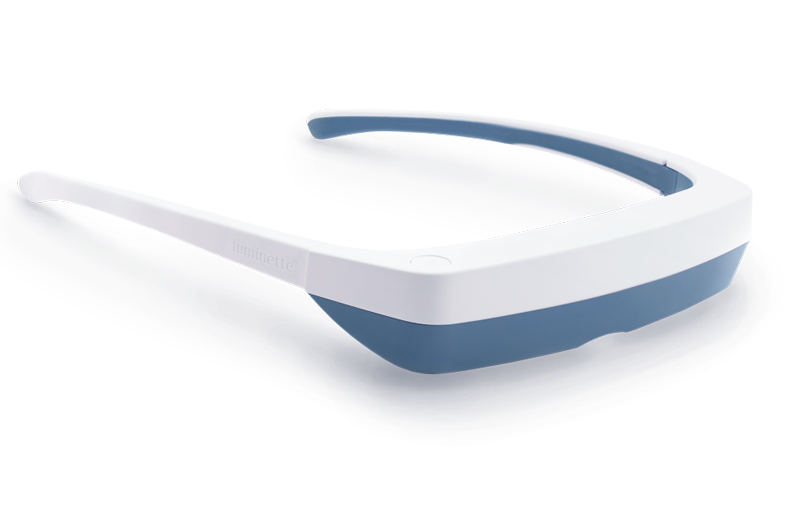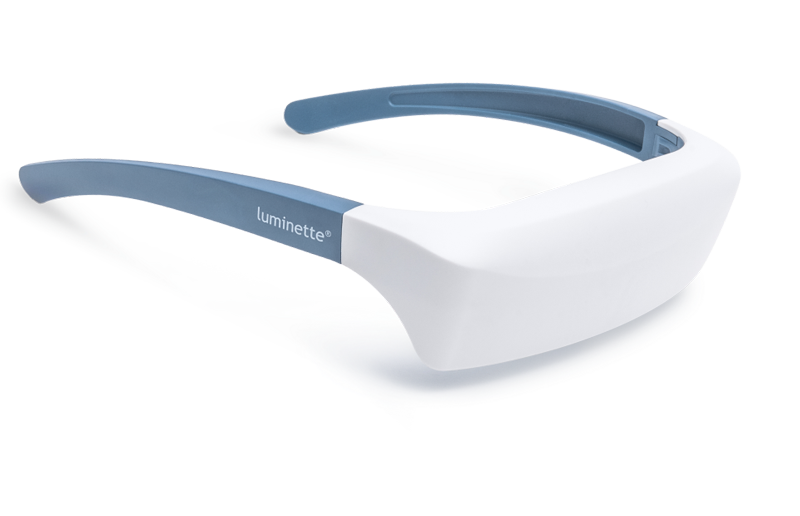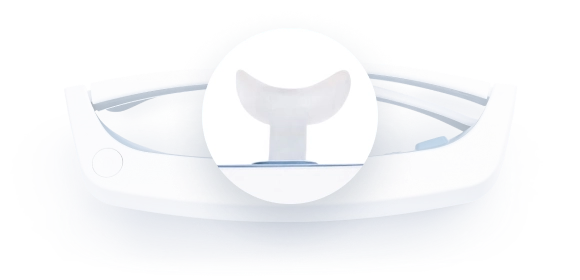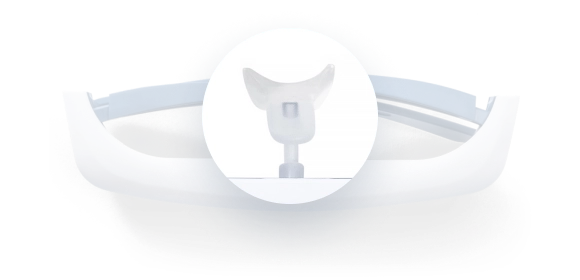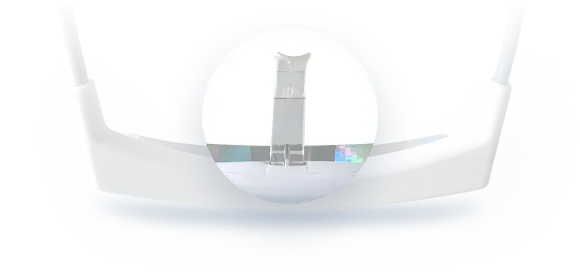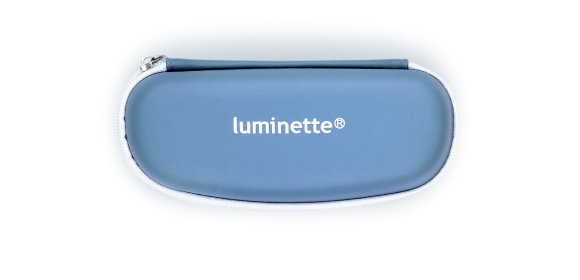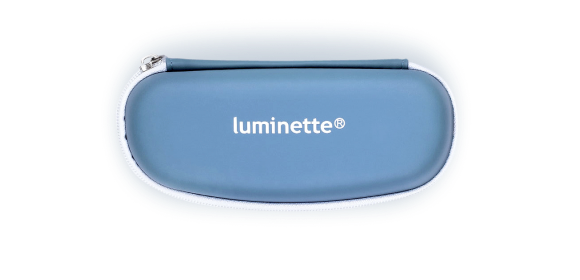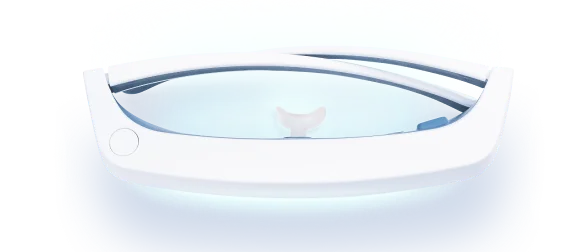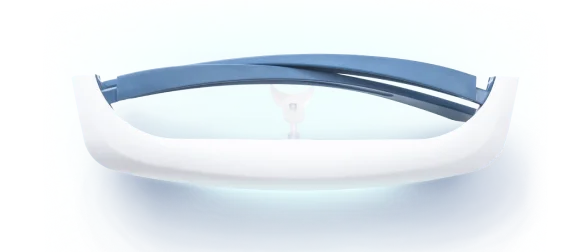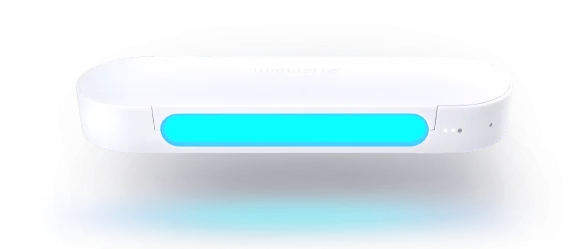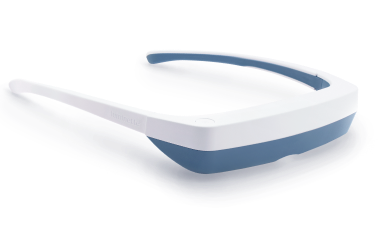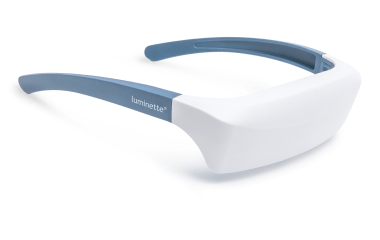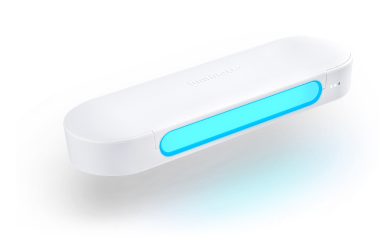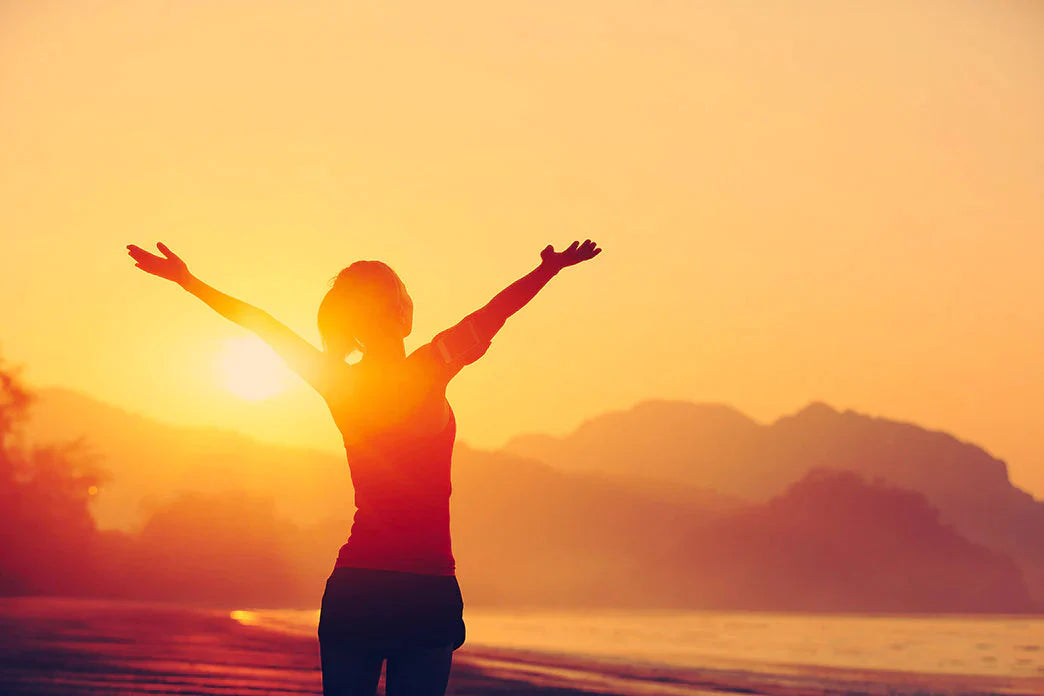Light therapy is intentionally exposing the body to sunlight or artificial light that mimics sunlight every day. The therapeutic light can help with winter blues, sleep problems, and jet lag. In most cases, people see improvements in a few days, even when working with light therapy devices.
You might be among the few in our population who experience seasonal mood changes when transitioning into late fall and winter.
At its worst, the sluggishness and sadness kill productivity, so you can barely keep up with any obligations besides gaining weight.
Fortunately, researchers found that we can use artificial light at a specific intensity to trick the body into maintaining its usual mood during short, dark winter days.
You can use light therapy alone or as a supplement to other depression treatments.
This form of light therapy is different from ultraviolet light therapy, which dermatologists use to treat skin conditions like psoriasis.
Light therapy devices don’t emit UV light. And if they do, they filter out the UV light from the spectrum that reaches your body.
Keep reading to explore the basics of light therapy, how it works, what it treats, and more.
What is light therapy?
Light therapy is a process that uses sunlight or artificial therapeutic lighting to reset your body's internal 24-hour clock (circadian rhythms) that regulates hormones, sleep, and wakefulness.
It is also known as phototherapy, bright light therapy, circadian light therapy, or light exposure therapy.
Bright light treatment is typically a fluorescent bulb that emits a bright, full-spectrum white light that resembles outdoor light at noon. It works on the premise that exposure to light influences the body's circadian rhythms, so you can use it to regulate mood and energy levels.
Circadian rhythms are internally driven 24-hour cycles of physical, mental, and behavioral processes in all living beings. For example, waking up in the morning and feeling sleepy at night.
The human body has many “clocks” (peripheral circadian oscillators) that drive the cycles. And each follows a 24-hour rhythm synchronized by the master circadian pacemaker that resides in the brain’s hypothalamus. It is also called the circadian clock.
The pacemaker tends to run longer than 24 hours unless external timing cues like the sun’s light/dark cycle reset it, which shifts the circadian rhythms.
For example, when morning sunlight goes through closed eyelids, it signals to the pacemaker that it’s time to wake up. So it initiates the processes involved with activity.
Research on resetting the biological clock
Researchers estimate that light exposure in the morning (about an hour before and after the usual wake-up time) can reset the pacemaker about 1 hour earlier per day. That means you’ll wake up an hour earlier with the same energy levels as if waking up at your usual time.
Similarly, light exposure in the evening (about 2 hours before and after the usual bedtime) can reset it about 2 hours later per day. So you could wake up 2 hours earlier.
Beyond 2 hours, light’s impact on circadian rhythms is unpredictable.
Additionally, bright light exposure at midday can increase your energy levels during the day and the quality of your sleep at night.
Light is the strongest timing cue you can use to shift circadian rhythms. You can also use melatonin and exercise.
The pacemaker is most sensitive to morning and evening light. At the same time, blue light influences circadian rhythms the most—outdoor light (white light) has red, orange, yellow, green, blue, indigo, and violet.
You can use white light enriched with blue light in the morning to alleviate winter blues symptoms, like sleeping too much and exhaustion.
The history of light therapy
Using light for therapeutic purposes began at the end of the 20th century when Danish researcher Niels Ryberg Finsen discovered that light stimulated the immune system and helped fight infections like tuberculosis.
It wasn't until nearly 80 years later that its therapeutic uses were better understood: the world-renowned psychiatrist, Norman Rosenthal, was living in Washington, D.C., where he noticed that he became quite depressed at the arrival of autumn.
With his colleagues from the National Institute of Mental Health, Rosenthal conducted research and found that it was possible to treat the seasonal effect through exposure to artificial light.
The discovery sparked an interest in light therapy, leading to its official recognition as a first-line treatment against seasonal affective disorder in 2005 by the American Psychiatric Association. There are also other revolutionary applications like the reVive Light Therapy for acne and other skin conditions.
You should always talk to your counselor or another qualified mental health physician before starting light therapy for depression.
Treating nonseasonal depression symptoms typically involves light therapy in combination with other treatments, like cognitive behavioral therapy, talk therapy, and antidepressant medication.
Can you do light therapy at home?
Light therapy is a simple treatment you can do from home, usually for about 30 minutes in the morning. Simply wear light therapy glasses or sit 16 to 24 inches away from a light therapy box for your face and eyes to receive the bright light. You should start feeling the difference in a few days.
It’s important to consult a healthcare professional before beginning any form of light therapy, as it may not be appropriate for certain medical conditions. (more on this later.)
There are a few important things to consider when using therapy light at home:
- Timing: It is important to have your light therapy sessions at the same time every day to regulate the body's natural sleep-wake cycle. You can’t have one long day of exposure per week.
- Duration: The length of time a person spends near the light therapy device depends on the intensity of the light and the individual's needs. Start with shorter sessions and gradually increase the duration as needed.
- Intensity: The intensity of the light should be strong enough to be effective but not so strong that it causes discomfort or eyestrain. A healthcare professional can help determine the appropriate intensity for your needs.
- Safety: You should never look into the light directly, as it may harm your eyes, wear eye safety if needed, and use a timer to avoid over-exposing yourself to the light.
It is important to follow the manufacturer's instructions for using the light therapy device and to consult a healthcare professional.
How does light therapy work?
Light therapy involves multiple exposure sessions administered at the same time daily. You turn on a light therapy device (like Luminette®) and stay close. Light goes through the eye and into the brain’s hypothalamus, influencing your circadian rhythms for alertness, sleepiness, and mood changes.
Light therapy treatments work best when administered for about 30 minutes within the first hour after waking up. The daily exposure mimics the natural effects of sunlight, which resets circadian rhythms.
You may have already noticed that short exposure to morning sunshine uplifts your mood and energy level, which is why people tend to be more cheerful in the summer months compared to the winter months.
Light therapy devices
A light therapy device has fluorescent lights that emit bright light (typically between 2,500 and 10,000 lux, which is brighter than natural daylight indoors). Lux is the unit for measuring light intensity.
The fluorescent lights illuminate behind a plastic screen to filter out any ultraviolet rays and diffuse the light. The light should enter your eyes at an angle.
Keep your eyes open for the light to reach the retina (the light-sensitive tissue lining the back of your eye). Receptors in the retina convert the light into electrical signals sent to the brain for processing.
The result is that light therapy stimulates the energizing response to a good dose of morning sunlight.
The best way to use a light therapy device is by following the manufacturer's instructions, which will tell you how long to use the device and at what intensity.
You should have your doctor or mental health professional evaluate the best type of light therapy for you.
The most common type of light therapy device is a light box or lamp, which emits bright light and has an adjustable intensity setting. Modern devices for administering light therapy are portable, head-mounted visors and light therapy eye goggles.
Bright light therapy via light lamps
Different types of light therapy lamps (or light boxes) can produce different wavelengths of light, which can be adjusted to help treat your specific condition.
You typically sit near a light lamp (14 to 16 inches away from your face) for 20 minutes to 2 hours daily, depending on the intensity setting.
Consistency is key to start seeing improvements in a few days. So when using traditional light lamps, you must set a time to be near your lightbox daily.

Light therapy via lighted glasses and visors
Modern light therapy devices like Luminette® allow you to have your sessions while getting ready for work or other tasks in your morning routine.
As soon as you wake up, wear your Luminette® for 20 minutes up to one hour, with the light shining just above your eyes. The light therapy glasses emit lower-intensity light enriched with 468 nm blue light, the most effective wavelength for triggering the body’s energizing response to sunlight.
Luminette® does not emit UV rays. And an independent study found that it produces the same effect as a 10,000 lux white light box.
The lighted glasses have a timer to turn off automatically after your light therapy session. They will also flash to alert you that the session is over.
When using Luminette®, you choose from three different light intensities.
- Intensity 1 = 60 minutes per day
- Intensity 2 = 30 minutes per day
- Intensity 3 = 20 minutes per day
The light's intensity and exposure duration will depend on your individual needs, condition, and the manufacturer’s instructions.
Generally, it's best to start with shorter sessions/lower intensity and gradually increase the time.

Light therapy via dawn simulators
If you have trouble waking up, the Glow 150 dawn simulator can get you going in the morning. You simply set it to increase light gradually 30 minutes to 2 hours before your usual wake time.
A dawn simulator is a type of alarm clock that gradually increases the light intensity in a room over a set period, simulating the natural progression of dawn.
If you also need to fight winter blues, you can get Zest, a 2-in-1 lamp: dawn simulator and light therapy lamp. It will reduce light progressively before you wake up. And after waking up, it releases diffused blue light to increase your energy levels.

What does light therapy treat?
Light therapy can alleviate the symptoms of winter blues and deep sadness. It can also help reset sleep-wake cycles for more daytime alertness and better quality sleep at night.
Winter blues (seasonal affective disorder)
The National Institute of Mental Health recommends light therapy for alleviating winter blues symptoms, whether as a standalone treatment or combined with antidepressant medications, talk therapy, and vitamin D. The light compensates for the reduced natural sunlight.
If you feel low in the fall and winter months and start feeling energetic when the days get longer in the spring, you may be experiencing winter blues.
Other symptoms include feelings of depression, difficulty concentrating, low energy levels, high levels of irritability, and a craving for carbohydrates.
It’s best to start your light therapy treatment in the fall and continue into the spring.
The idea is that light exposure helps to delay the onset of a depressive episode as winter approaches and sunlight decreases in intensity. That’s because your body will maintain an ideal biological clock controlled by your light therapy sessions.
You can use a bright light lamp or a dawn simulator for winter blues because they are similarly effective. So if you often struggle with eye fatigue, you could use a dawn simulator.
Still, a study found that people with severe winter blues showed greater improvement from bright light therapy.
When using light therapy for winter blues, use Luminette® or sit near a light box for 30 to 45 minutes first thing in the morning each day. The light should be bright (10,000 lux) but not uncomfortable. With such light intensity, you can relieve symptoms in a few weeks.
The duration and frequency of sessions can vary from person to person. But you must keep up with treatments over time to reap the full benefits.
When using light therapy for any form of depression, please consult a counselor or other qualified physician first. They’ll be able to diagnose and confirm the problem, provide an informed perspective, and even monitor your mood changes throughout the treatment.
Circadian rhythm sleep disorders
Maintaining a regular sleep schedule and getting at least 1 hour of exposure to outdoor light during the day helps maintain the melatonin circadian rhythms.
Melatonin is the hormone that helps us feel sleepy and prepares our bodies for sleep. Night shift work and jet lag tend to offset the circadian rhythms, which shift your sleeping patterns.
Suppose you sleep several hours after midnight and struggle to wake up. In that case, experts recommend bright light therapy for insomnia to gradually shift your sleeping patterns, which helps you sleep and wake up earlier.
But timing is everything when doing your insomnia light therapy sessions.
When treating sleep cycle problems, you should work with a sleep specialist who will help you determine the timing of the light exposure based on your circadian clock and circumstances.
The specialist may recommend starting with a 30- to 90-minute exposure to bright light just before your wake-up time if you have trouble sleeping at night.
In that case, you’ll use a dawn simulator to deliver 10,000 lux light to your retina every morning. You must maintain the same rise time even after your sleep pattern becomes normal.
If you sleep and wake up much earlier than desired, your sleep specialist may recommend evening exposure to bright or dim light—about 2 hours before bed.
A sleep specialist may also recommend a combination of bright morning light and dim evening light, among other treatments like melatonin.
Is light therapy right for you?
Light therapy benefits you if:
- You lack energy or feel temporary morale drops
- You experience winter depression or over-sensitivity to the decrease in brightness during the autumn-winter period
- You have problems with sleep, such as insomnia
- You suffer from episodes of chronic fatigue
- You are dealing with mild or moderate depression. Light therapy can also be used to supplement current treatment for major depression.
- You are worried about postpartum depression or baby blues (seek a doctor’s opinion first).
- You travel frequently and keep experiencing jet lag.
As with any treatment, it is important to consult your doctor and weigh the potential benefits and risks before beginning light therapy. While not all treatments are effective for everyone, there may be options available that can help improve your overall quality of life.
Additionally, those with certain medical conditions should consult their doctor before beginning light therapy, as there may be interactions with medications.
Light therapy may not be for you if:
- You have a history of seizure disorder and are concerned about sensitivity to light.
- You have very sensitive eyes or eye problems like glaucoma, cataracts, or diabetes-related eye damage.
- You are taking medications that can be affected by light therapy (talk to your doctor).
- You have bipolar disorder, as light therapy can worsen symptoms of mania or hypomania.
How long does it take for light therapy to work?
Light therapy generally takes effect within 2-4 days of regular use. Although rare, some people may feel the effects after their first session. If you don’t notice any improvement after two weeks of consistent use, you may be using your device incorrectly, or light therapy might not be for you.
Note that light therapy is not a single treatment that guarantees immediate results. Rather, you should use it consistently and regularly to achieve optimal results.
As such, most people require a few weeks before their biological clock resets and months of regular light therapy to maintain the rhythm. Some people find that they no longer need to use light therapy in later years after using it correctly and consistently.
How long should you use light therapy each day?
Specialists recommend using light therapy for around 30 minutes per day at the same time each day (ideally after waking up, between 6 am and 9 am).
The exact length and timing of treatment can vary depending on an individual’s needs and the manufacturer's instructions, but this is usually the general rule.
It’s also better to start slowly and increase the length of treatment over time if necessary. It gives your body time to adjust and can reduce potential side effects like headaches and nausea.
Side effects of light therapy
Light therapy that doesn't involve UV rays is generally safe. However, you may experience mild side effects like headache, eyestrain, dizziness, and nausea.
You can address such mild effects by reducing the intensity of the light, taking a break from therapy for a few days, and using it in brighter rooms and with protective eyewear as per the manufacturer's instructions.
Only use your device after the symptoms alleviate.
In some cases, light therapy sessions can cause hyperactivity or mania in people with bipolar disorder or other drug-resistant non-seasonal depression. In such cases, you should discontinue use and consult your doctor.
Conclusion
Light therapy is an effective and safe way to help people affected by winter blues, sleep disorders, and jet lag. But it only works if you get the therapeutic light exposure at the same time every day.
Despite its safety, it’s essential to understand the manufacturer’s dosage recommendation before using it. Also, if you experience any side effects during your sessions, you should stop using the device and consult your doctor.
When choosing a light therapy device, choose one without the controversial ultraviolet rays that may damage your eyes and skin. You might also prefer a portable lighted visor if your morning light therapy interferes with your routines.
You can use Luminette® and do whatever you do in the morning, whether brushing your teeth or having breakfast. The device has a timer to turn off after your session automatically.
FAQs
Who should not use light therapy?
Light therapy should not be used by people with any existing diseases or conditions that involve the retina of the eye, such as diabetes and cataract surgery.
You should also avoid it if you’re taking any photosensitizing medications like lithium, melatonin, phenothiazine antipsychotics, and certain antibiotics.
Additionally, those who have had adverse reactions to bright light in the past should speak with their doctor before using light therapy.
Does light therapy help sleep?
Light therapy resets your body’s internal clock, which can help you establish regular sleeping patterns and enjoy better quality sleep.
Exposure to the light mimics outdoor sunlight, which can shift your circadian rhythm—or body clock—earlier in the evening if you have trouble falling asleep at night or later in the morning if you wake up too early.
Insomnia light therapy is a safe and drug-free treatment for many sleep problems and jet lag.
Does light therapy increase cortisol?
A study conducted to investigate the effects of bright light exposure on cortisol levels found that bright light significantly increased salivary cortisol concentrations compared to dim light.
The results from a repeated measures ANOVA confirmed this finding, suggesting that bright light does indeed have an impact on cortisol levels.
This suggests that light therapy may be an effective way to help increase cortisol levels in individuals who suffer from conditions associated with low cortisol concentrations.
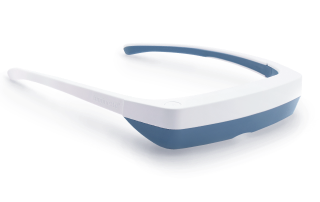
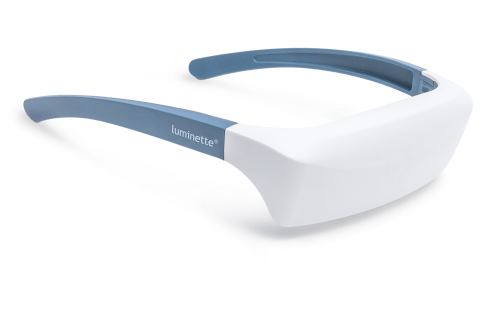
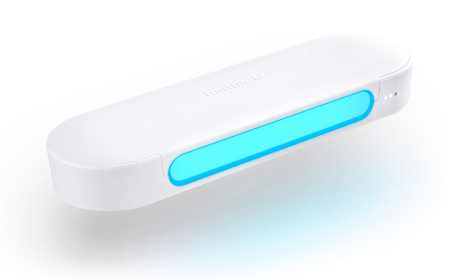
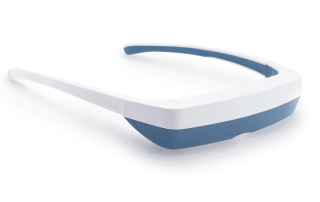
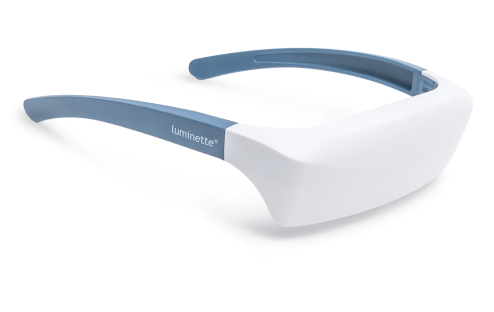
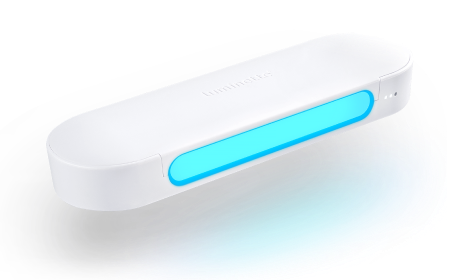
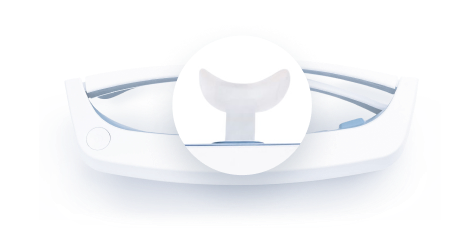
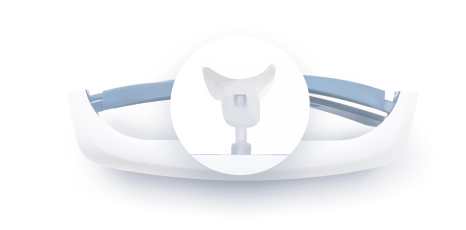
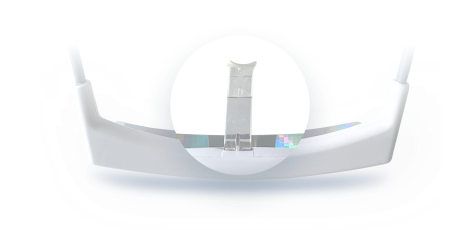
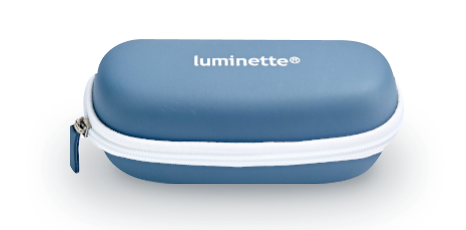
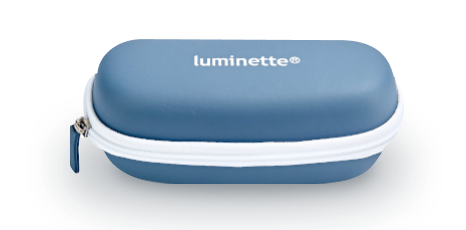
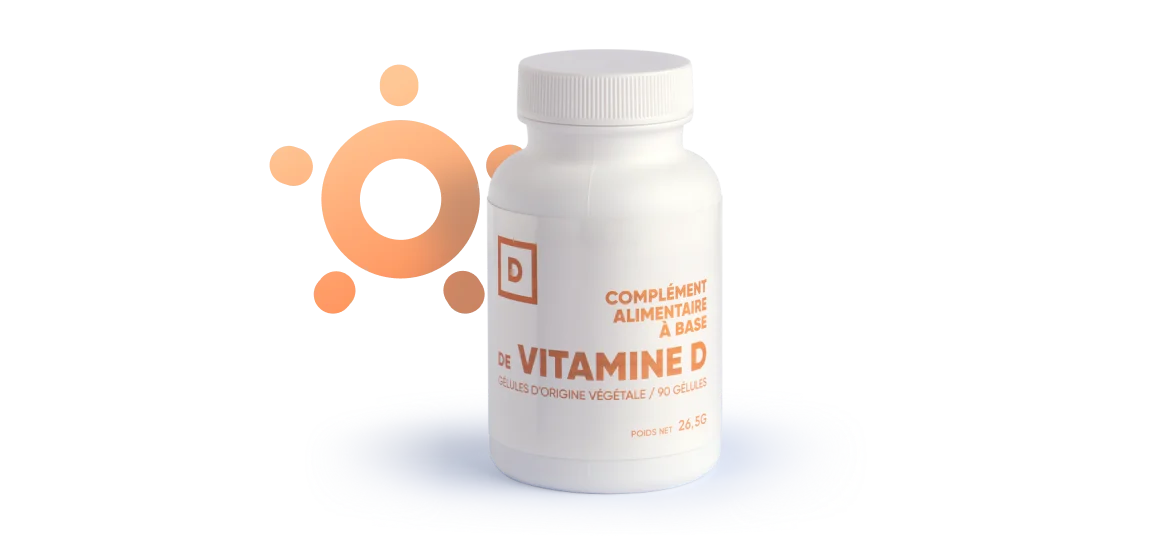
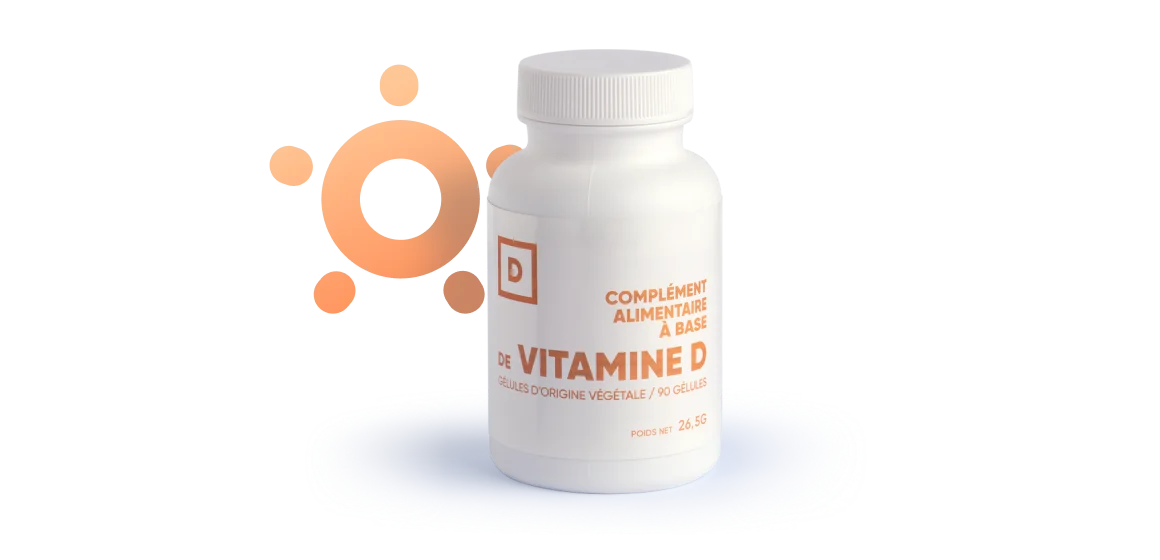



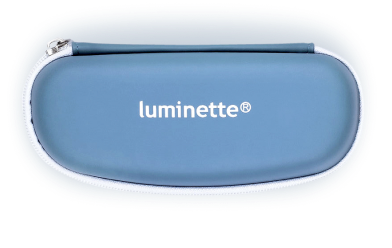
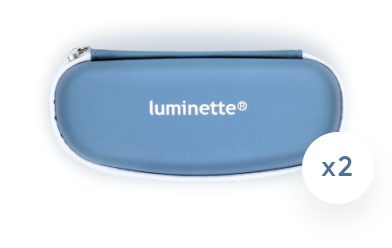
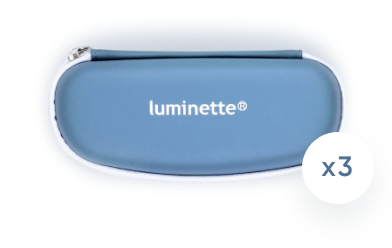
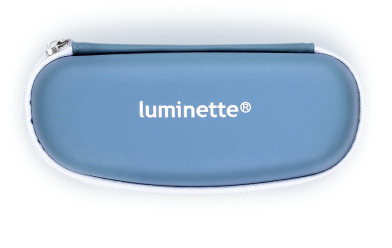
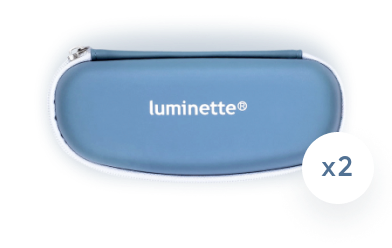
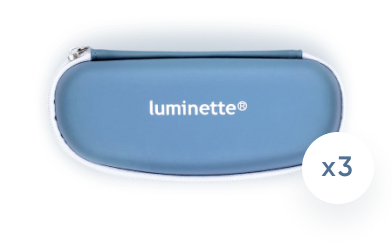
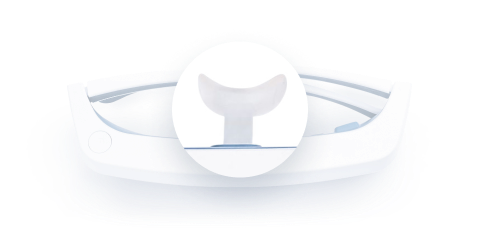
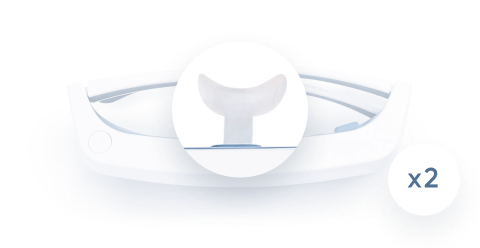
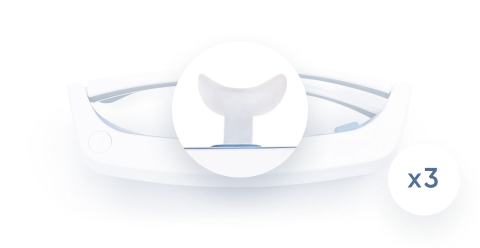
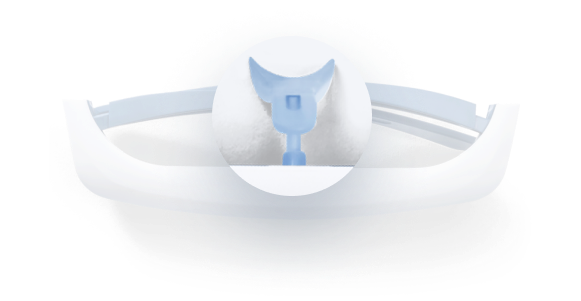
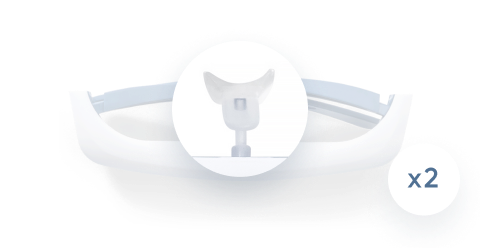
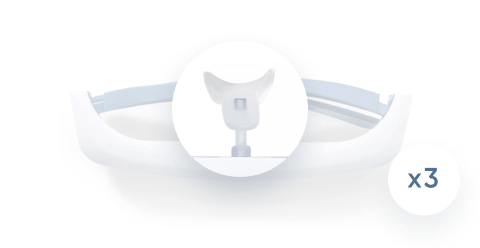
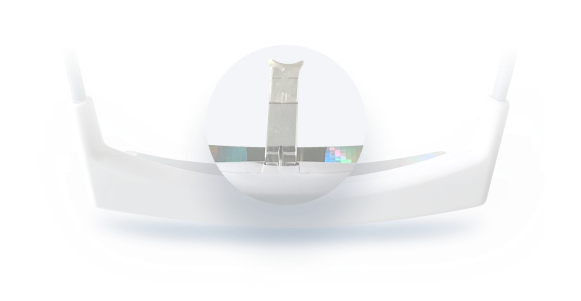
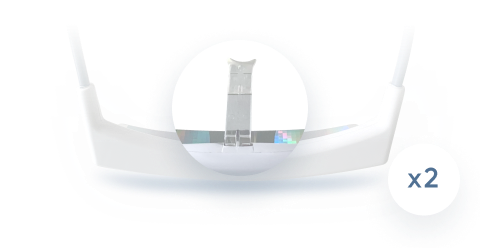
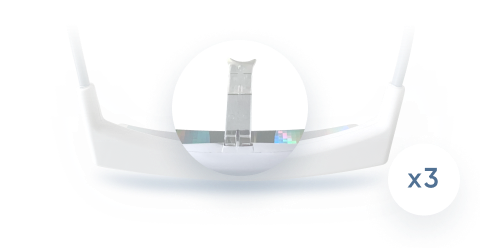
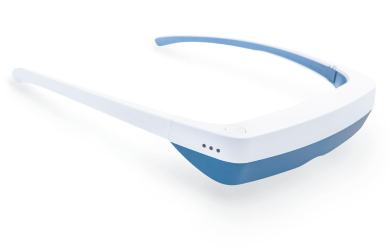

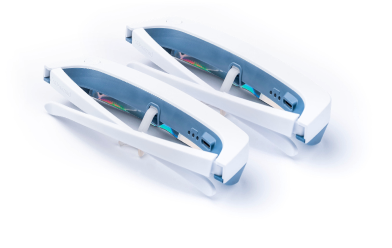
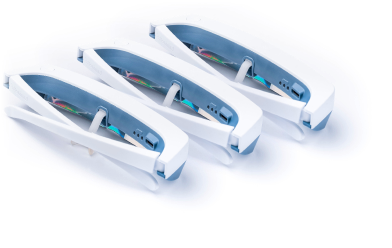
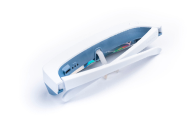
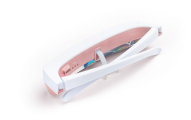
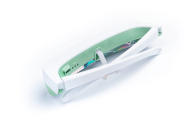
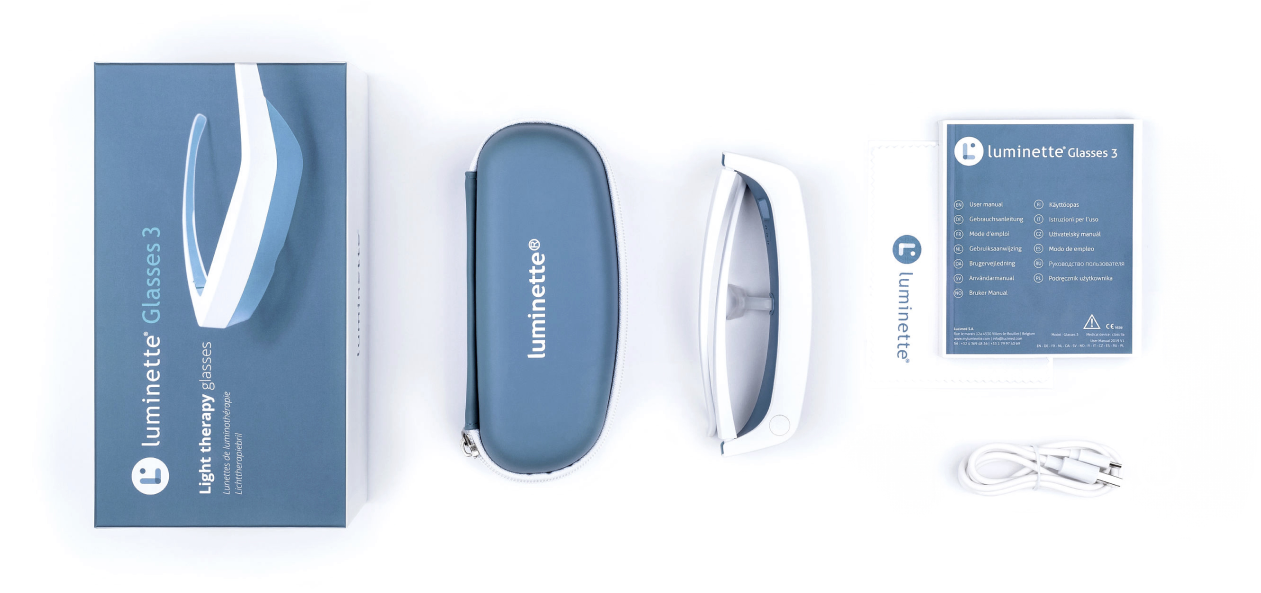
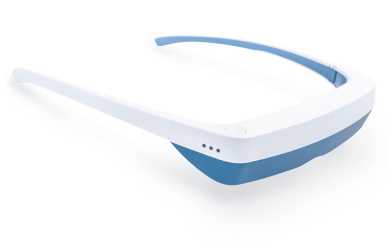
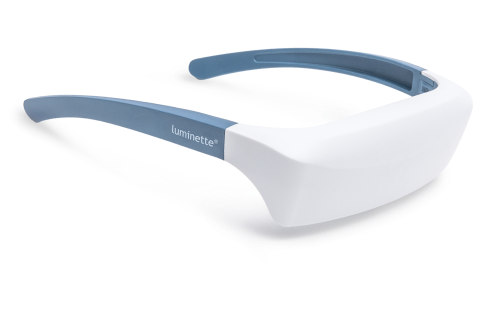
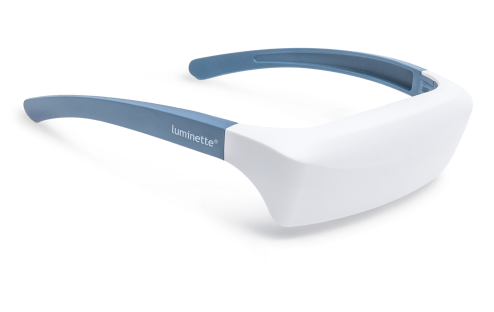
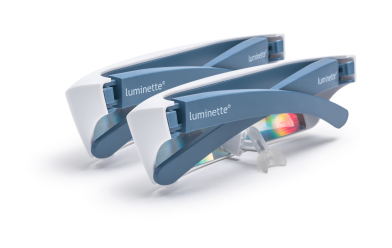
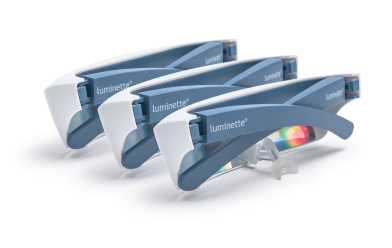
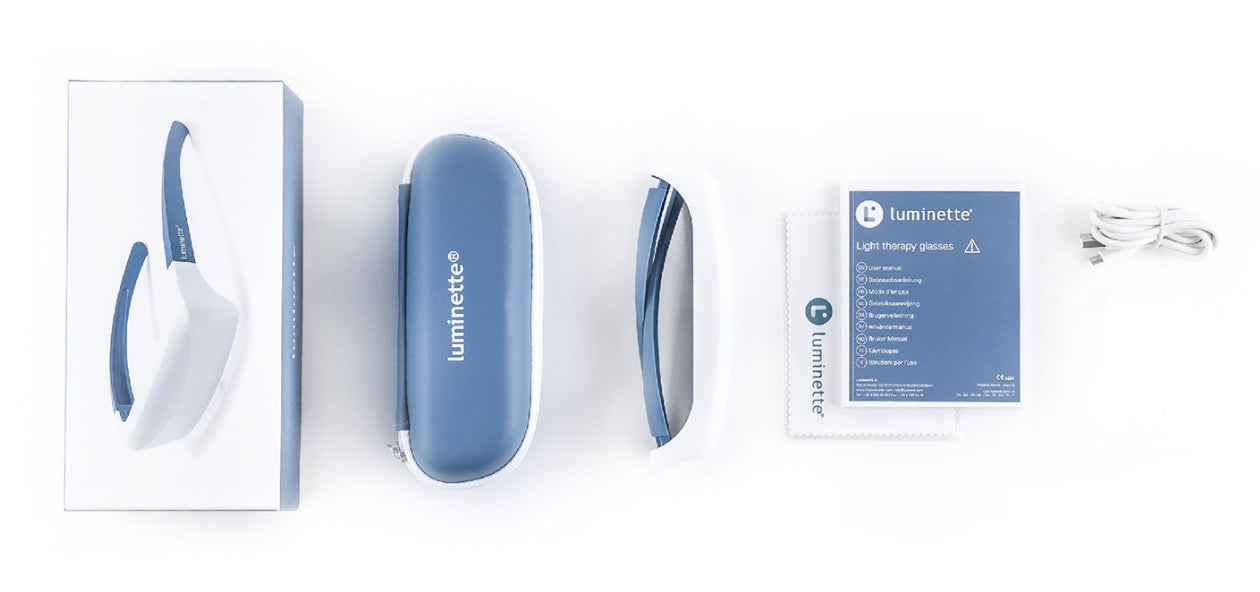
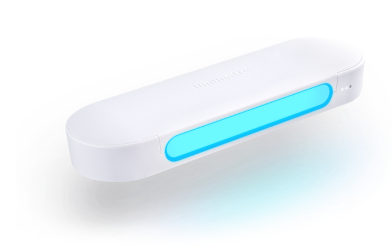
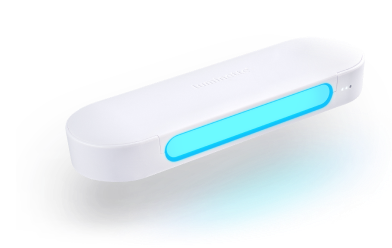
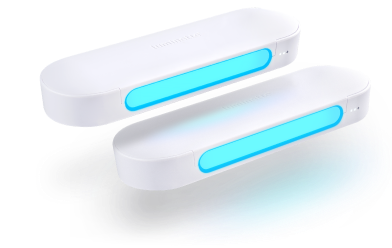
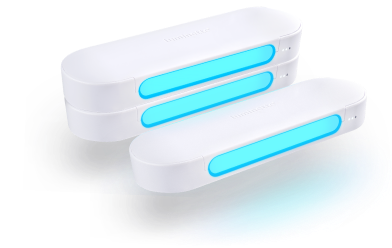
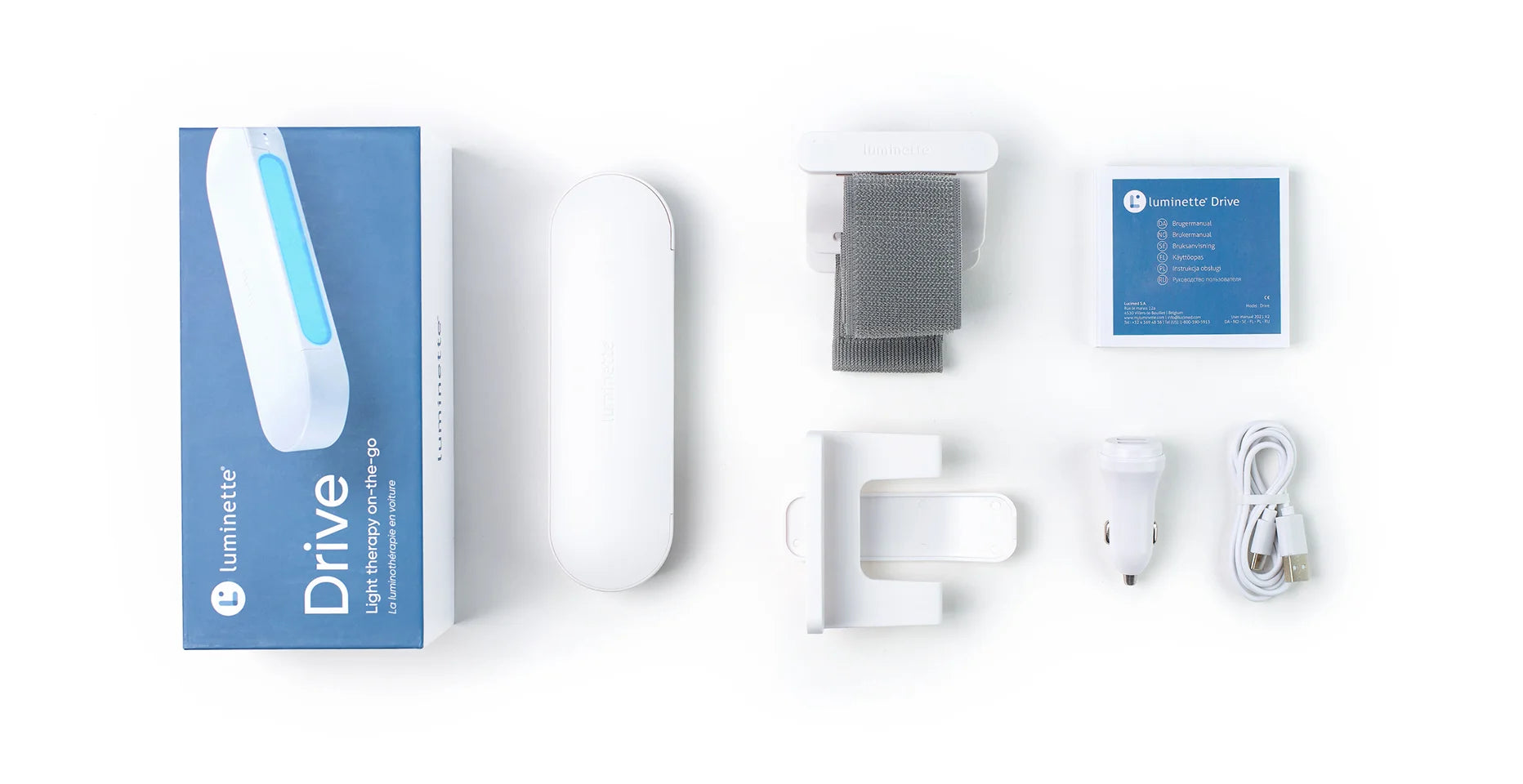

 Please note
Please note



